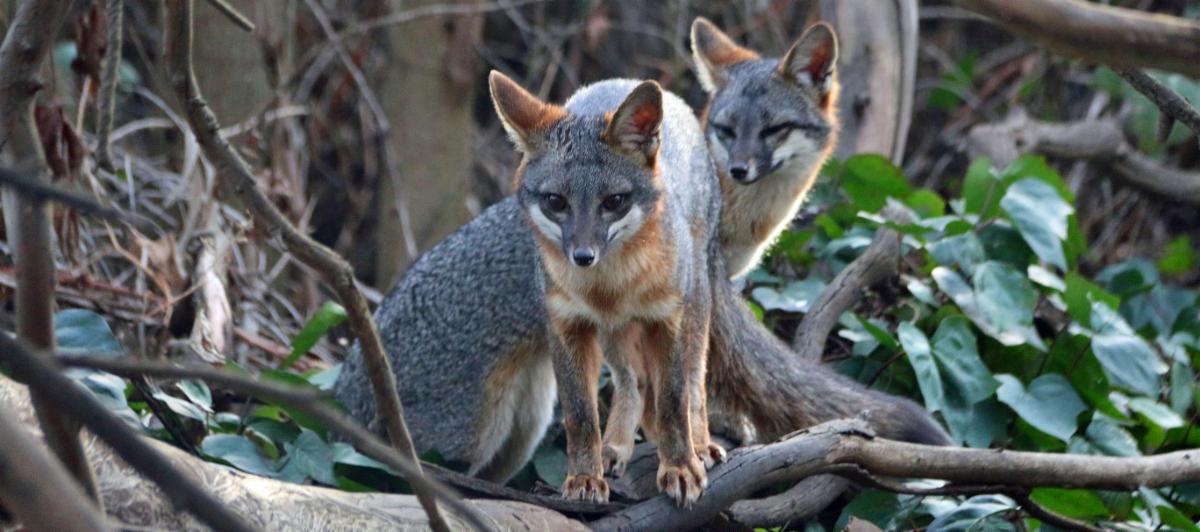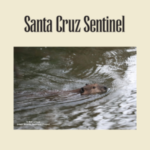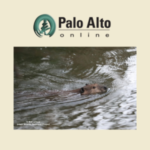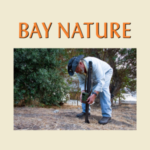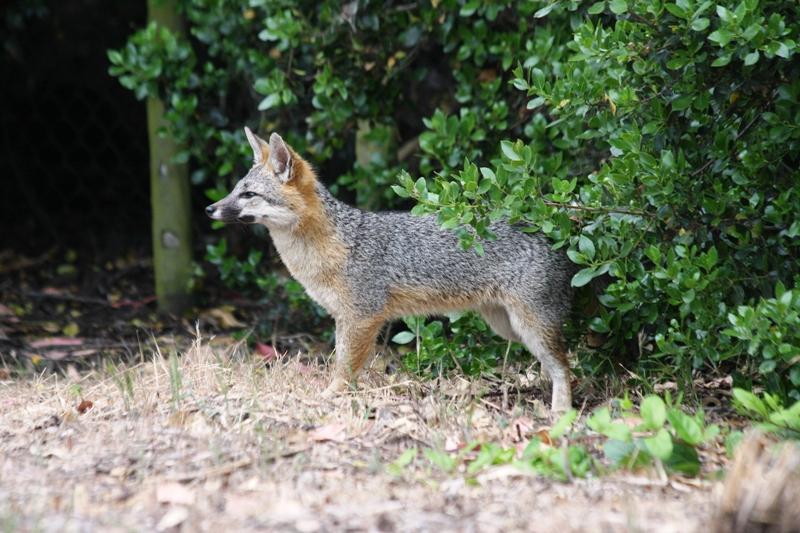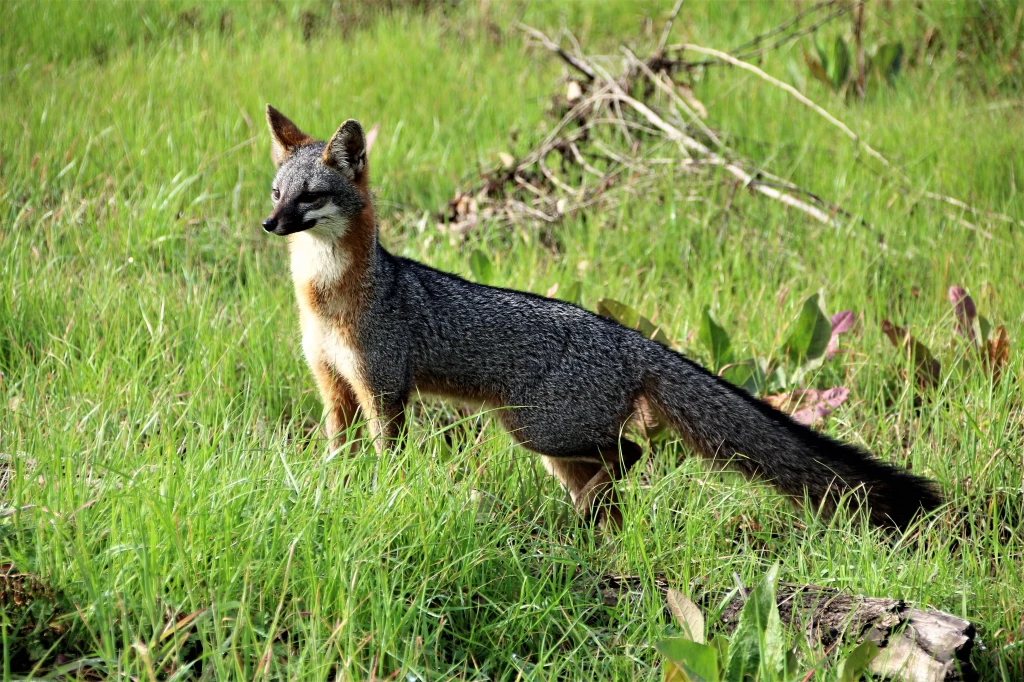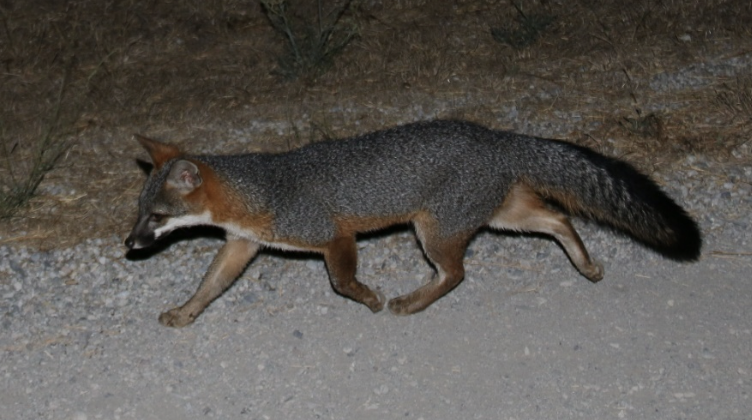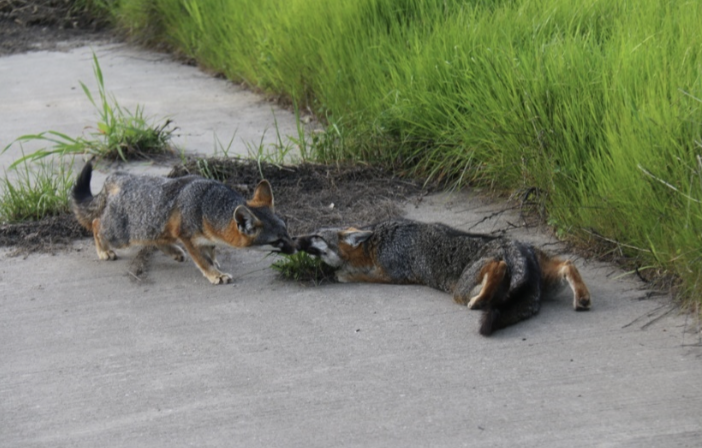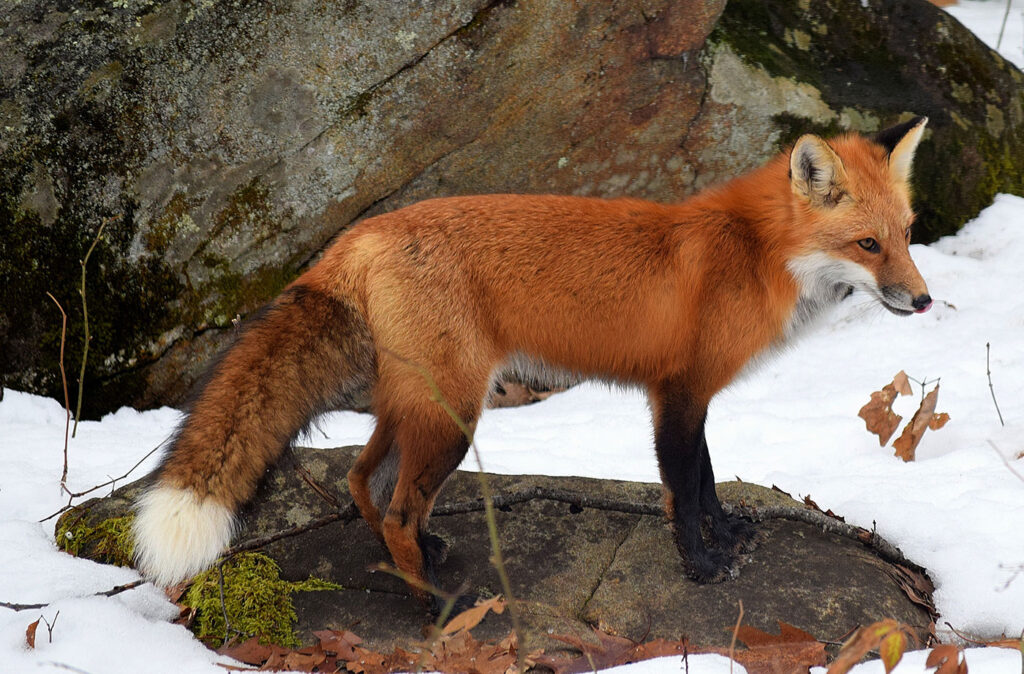by William C. Leikam
President, CEO & Co-founder, Urban Wildlife Research Project
Special Notice: The Urban Wildlife Research Project is seeking new Board members!
The UWRP Board is seeking volunteers to help with both the big ideas of organizational planning as well as the hands-on duties of Board membership in roles such as secretary or treasurer.
A new Board member should have a working knowledge of the principles of ecology and wildlife conservation, and a willingness to actively participate at our Board meetings. Since our meetings are held via Zoom, board members do not need to live locally.
If you’re passionate about wildlife and can spare a few hours per month, please consider contacting our Board Co-Chairs for more information:
Jessica Hatfield at jdhatfield723@gmail.com
Davy Davidson at davydavidson@gmail.com
We look forward to hearing from you!
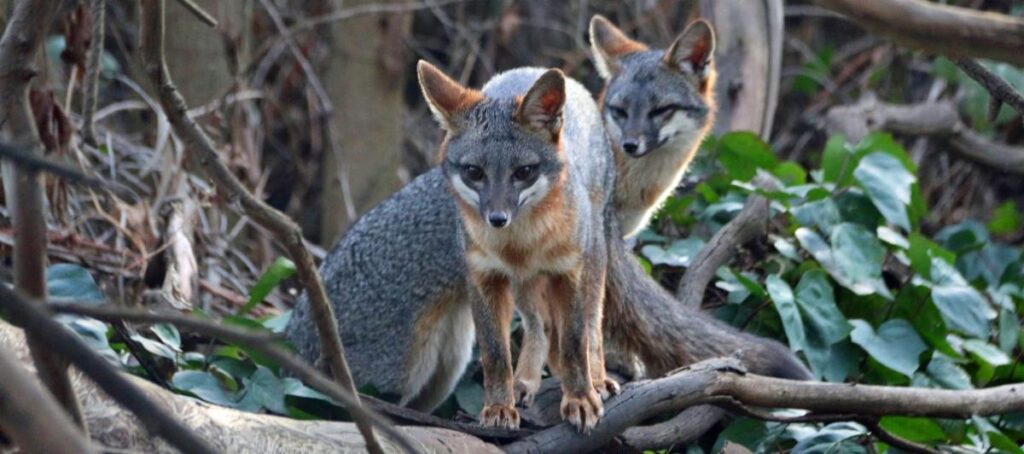
The Importance of Stinky Poo (Part Two):
A Reminder from Part One: Once one knows the distinct odor of gray fox scat, it is unmistakable. This odor is important in that it carries information out across the landscape. For instance, scat placed in the middle of the road/trail is an important home range marker. The information carried within that scat is that this territory belongs to Big Eyes and her mate Laimos.
Evolution is almost always directed toward survival and reproduction. Failure to evolve most often leads to extinction. But why did evolution make their scat so stinky and why do they choose to defecate on raised places like on a large rock? If we think about this for a moment, scat placed on an elevated surface like a small hillock has the ability to spread the odor farther than if the scat was on the ground. As well, placing the scat marker on top of something raised allows a breeze to move that odor a longer distance from its origin than if it were on the ground. In that latter case, the odor would likely not travel as far afield and thus it’s information would be lost, i.e., mixed with other odors on the ground.
Not only is there single marking, but there is also what is termed a latrine. These are places, sometimes found in trees, (Remember, gray foxes can easily climb trees.) where there is a consistently layered mound of fox scat. In short, a pile of scat sometimes reaching as deep as a foot. These are places where, during the young gray fox’s dispersal season – mid-November through the first couple weeks of January – there are no territorial boundaries. In other words, the adults do not necessarily defend their territory during this period. When a young, dispersing fox finds a latrine, it can know how many foxes have recently passed this latrine and defecated there, the number of males and females that have come that way and when, the pair of foxes like Laimos and Big Eyes whose territory it is, and the kinds of food and how plentiful it is in that particular region.
These scat markers are important in other ways as well. It keeps notice of a particular pair’s territory and sends out a warning that if another gray fox trespasses, then it makes itself open to a fight with the pair that has claimed the land defending their territory. It gives fair warning. In addition, this defense of an occupying pair is essential because in the end, it means that the gray fox family will have enough to eat.
The stinky scat also has ramifications related to the spread of disease. If the scat has been well laid out, then the likelihood of a trespasser is next to zero. Assume for a moment that what I wrote above was not the case and that the marking of territory did not take place. That then would mean that many gray foxes could crowd into a relatively small area. In that case, disease like canine distemper, toxoplasmosis, and other diseases would run rampant throughout the community and eventually the fox population would collapse.
Somehow the foxes “know” this as this kind of information is passed down from generation to generation. It is a matter of sheer survival that the gray fox scat is stinky and that it can be detected by potential trespassers, causing them to have second thoughts about trying to enter occupied territory.
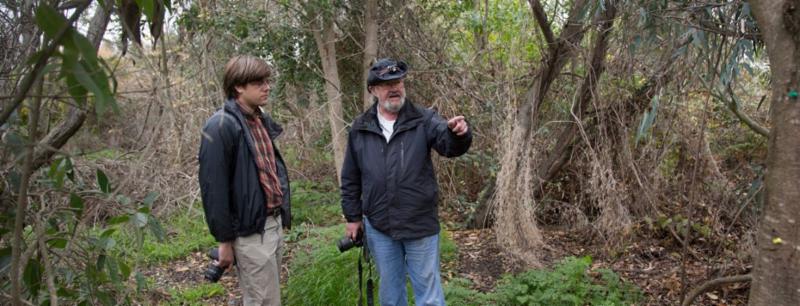
I. Gray Fox Population & General Health
As of this date, we have two adult gray foxes living in the Palo Alto Baylands Nature Preserve. These two foxes appear to be in good health. There is no indication in their scat that anything internal is breaking down.
However, Laimos is head-shaking once again. I’m not sure what that all means. It seems to come on at only this time of year.
II. UWRP News & Updates
 First Baby Beaver Sighting in 160 Years!
First Baby Beaver Sighting in 160 Years!
Maybe you have recently seen us in the news? Bill’s discovery has generated a lot of excitement! Local newspapers such as the Palo Alto Weekly, the San Francisco Chronicle, the LA Times, and nationally syndicated outlets such as ABC-TV carried the story. Read more in our newsletter from earlier this month.
 The UWRP is Seeking New Board Members
The UWRP is Seeking New Board Members
…to help with both the big ideas of organizational planning as well as the hands-on duties of Board membership in roles such as secretary or treasurer. If you’re passionate about wildlife and can spare a few hours per month, please consider contacting our Board Co-Chairs: Jessica Hatfield at jdhatfield723@gmail.com and Davy Davidson at davydavidson@gmail.com
 The ‘Triggered By Motion’ Experience
The ‘Triggered By Motion’ Experience
The UWRP is excited to present our newest video documentary featuring Bill Leikam’s participation in the global research project “Triggered By Motion”, a world-wide exhibit of citizen scientists from 21 locations using camera traps to learn about local urban wildlife. Join Bill on his journey between California and Zürich, Switzerland, as he experiences the breathtaking exhibition in person!
Today, Bill is the world’s leading authority on the gray fox. This book is an account of his experiences among the gray foxes of the Baylands, a tale of life and death, of growth and loss. Stay for a while and go exploring with the Fox Guy. Find it today at Barnes & Noble or DiAngelo Publications.
Read more about UWRP in the news:
III. UWRP Research Objectives
Within the permit that allows the Urban Wildlife Research Project to conduct its study of the behavior of the gray fox at the Palo Alto Baylands Nature Preserve, the objectives covered area:
Monitoring of urban gray fox denning sites in Palo Alto Baylands: This is being accomplished during the period when the gray foxes use a den site. It is one of the prime locations for gathering most of the behavioral data of the litter and for adults alike.
Assessment of status and population trends of Baylands urban gray foxes: Since January 2019 a pair of resident gray foxes have claimed territory at the Palo Alto Baylands Nature Preserve.
Identification of habitat features that promote the presence of urban gray foxes: After considering this and talking with people who know how to restore habitats, we need to assess what kinds of plants, including the Alkaline Saltbush, would grow best along the edge of the saltwater channel and alongside the marsh. We need to grow a permanent habitat that contains the corridors and plant it as soon as possible. We’ll keep an eye on this as this is a critical link between the southern region of the Baylands and the northern region.
Assessment of reproductive success and identification of factors that promote successful reproduction: Open the pinch-point along Matadero Creek by developing thickets that link one area to another, instead of the present “islands”.
Identification and assessment of possible dispersal travel routes: Dispersal routes move between the Palo Alto Baylands Nature Preserve and the Shoreline region over in Mountain View. In a north-westerly direction the dispersal corridors run just behind the homes bordering the marshlands.

